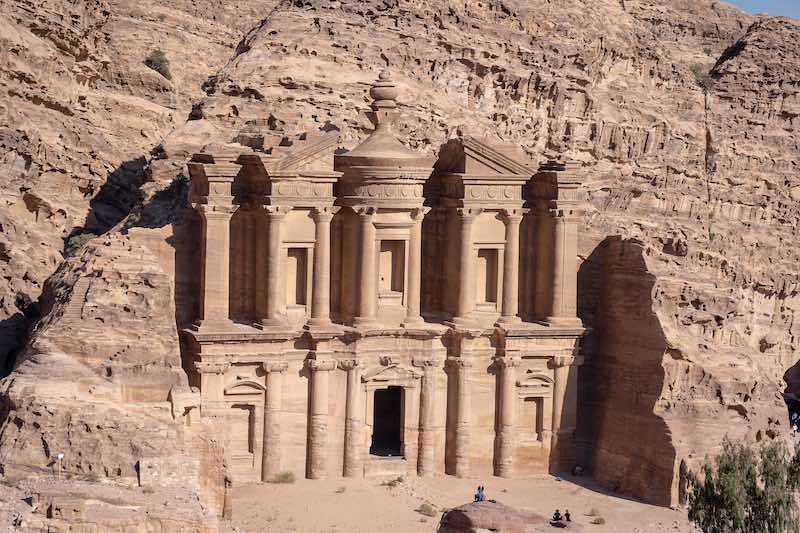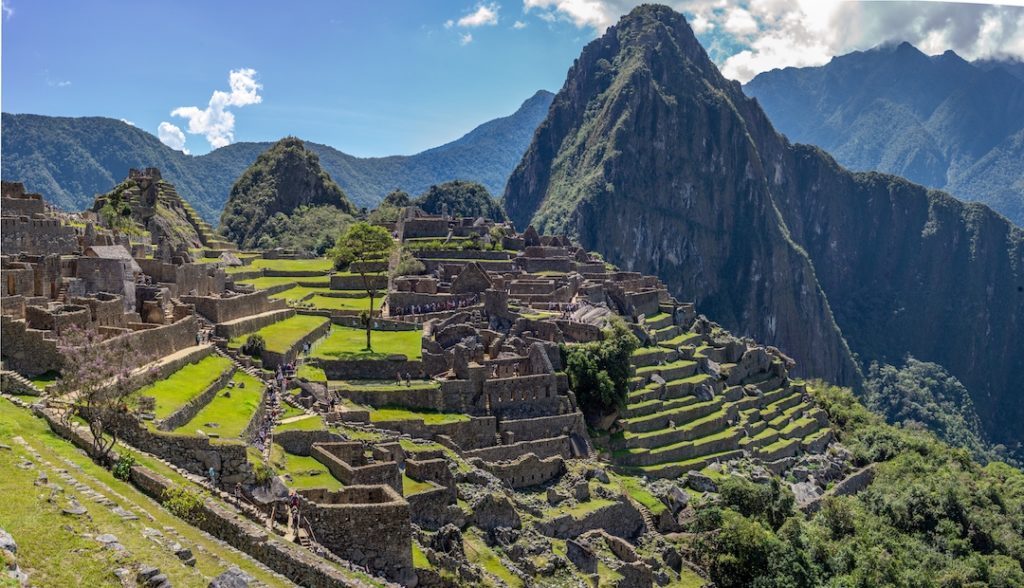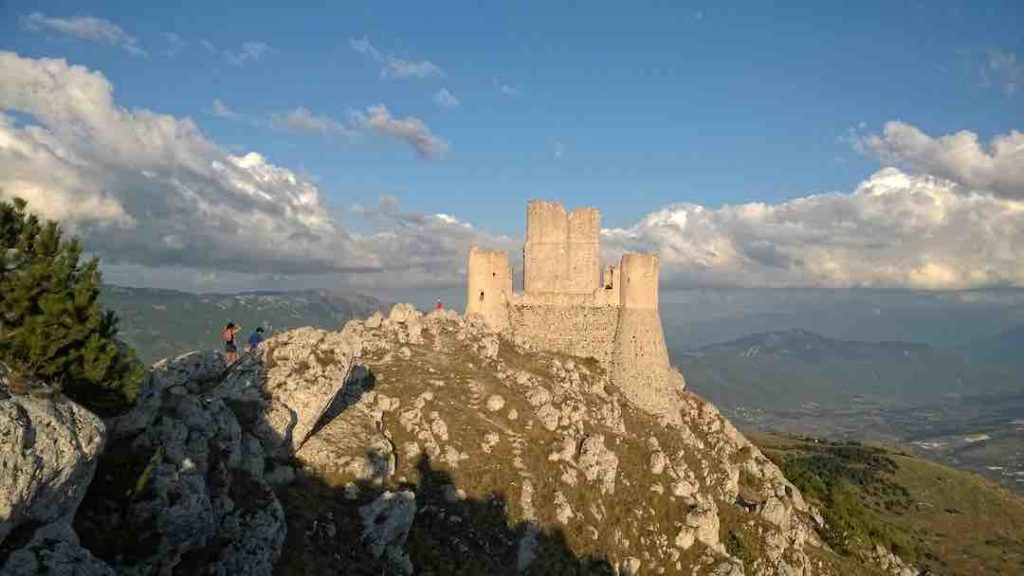
As the world becomes more connected, fewer places remain untouched by human exploration.
However, there are still some corners of the globe that remain shrouded in mystery, beckoning intrepid travelers to unlock their secrets.
From hidden temples to abandoned cities, these destinations offer a glimpse into civilizations long past and cultures that have been forgotten.
In this article, we will take you on a journey to some of the world’s most mysterious places, offering a glimpse into the unknown and the opportunity to experience the thrill of discovery.
The Lost City of Petra, Jordan
One of the most awe-inspiring cities in the ancient world is the “Rose City” of Petra, Jordan.
Built by the Nabateans over 2,000 years ago, this city was lost to the world for centuries before being rediscovered in the 19th century.
Carved into cliffs of red sandstone, the city’s elaborate temples, tombs, and amphitheater remain remarkably intact, offering visitors a glimpse into the lives of this enigmatic civilization.
Exploring the narrow canyons and winding paths of Petra is like stepping back in time, making it a must-see destination for anyone interested in archaeology and ancient history.
The Nazca Lines, Peru
The Nazca Lines of Peru are one of the world’s most famous examples of geoglyphs, intricate designs etched onto the desert floor.
Created by the Nazca culture over 2,000 years ago, these designs remain a mystery to this day.
Some believe they were created for astronomical purposes, while others think they served as agricultural calendars.
Regardless of their purpose, the Nazca Lines are a testament to the creativity of this ancient culture and a reminder of how little we still know about the world.
The Moai Statues of Easter Island
Located thousands of miles off the coast of Chile, Easter Island is home to some of the world’s most puzzling archaeological sites.
The island’s most famous landmarks are the Moai statues – giant monolithic sculptures of human faces that dot the landscape.
Centuries of study have not revealed how these statues were created or what purpose they served.
Theories abound, ranging from religious significance to astronomical observatories, but the true purpose of the Moai statues remains a mystery.
The Stone Spheres of Costa Rica
Deep in the jungles of Costa Rica, there are hundreds of perfectly round stone spheres scattered throughout the landscape.
Carved by ancient peoples over 1,000 years ago, these spheres range in size from a few centimeters to several meters in diameter and are believed to have had significant religious or cultural importance.
Despite many attempts to unravel their mysteries, the true purpose of these spheres remains unknown, making them a fascinating destination for anyone intrigued by ancient artifacts.
The Pyramids of Giza, Egypt
No list of mysterious places would be complete without mentioning the Pyramids of Giza. These massive structures, built over 4,500 years ago, remain a testament to the ingenuity and engineering prowess of the ancient Egyptians.
Despite being studied for centuries, the true purpose of these pyramids remains a mystery, with theories ranging from tombs for pharaohs to astronomical observatories.
Visiting the Pyramids of Giza is an awe-inspiring experience that offers visitors a glimpse into one of history’s greatest civilizations.
The Temple of the Jaguar, Guatemala
The Temple of the Jaguar, in the ancient Mayan city of Tikal, Guatemala, is a testament to the architectural feats of this enigmatic civilization.
This temple, built over 1,000 years ago, boasts intricate carvings of the iconic jaguar, a symbol of power and strength for the Mayan people.
Despite being abandoned for centuries, the Temple of the Jaguar remains remarkably well-preserved, offering visitors a glimpse into the lives of this fascinating culture.
The Underwater City of Dwarka, India
The ancient city of Dwarka, located off the coast of Gujarat, India, is one of the world’s most fascinating underwater sites. Divers accidentally discovered the ancient city of Dwarka over 5,000 years old in the 1980s.
The ruins of Dwarka are a testament to the advanced engineering and architectural skills of the ancient Indian civilization, and exploring the underwater city is a unique experience that offers a glimpse into the past.
The Stonehenge, United Kingdom
One of the most iconic prehistoric monuments in the world is Stonehenge, in Wiltshire, England. Ancient people built this enigmatic stone circle over 5,000 years ago, and it remains a mystery to this day.
For centuries, people have argued about what the stone circle was meant for, with theories covering everything from an observatory for astronomy to a place of worship or a resting place for the dead.
The monument comprises over 100 stones that were transported from as far away as Wales, showing the advanced technology and engineering skills possessed by the builders.
The true purpose of Stonehenge remains shrouded in mystery, but we cannot deny its significance as a symbol of British cultural heritage.
The Mount Kailash, Tibet
The majestic Mount Kailash is one of the most revered pilgrimage destinations in the world.
In Tibet, the mountain is sacred to four religions: Hinduism, Buddhism, Jainism, and Bon.
Pilgrims believe that circumambulating the mountain will bring them good fortune and purify their sins.
What makes Mount Kailash even more mysterious is the fact that it has never been climbed, and the Chinese government has prohibited all attempts to do so.
The mountain remains an enigmatic and awe-inspiring destination, shrouded in both natural beauty and spiritual significance.
The Terracotta Army, China
One of the most remarkable archaeological discoveries of the 20th century was the Terracotta Army, discovered in the Shaanxi province of China.
Ancient artisans created this army of life-sized terracotta warriors over 2,000 years ago to protect the tomb of the first emperor of China, Qin Shi Huang.
Each warrior is unique, with different faces, hairstyles, and clothing, making them a remarkable example of ancient craftsmanship.
The Terracotta Army offers visitors a glimpse into the lives of the ancient Chinese people and is a testament to their artistic and engineering skills.
The Karnak Temple Complex, Egypt
On the east bank of the Nile River in Luxor, Egypt, the Karnak Temple Complex is a vast collection of temples, chapels, pylons, and other buildings that were constructed over 2,000 years.
They dedicated the complex to the worship of Amun-Ra, the Egyptian god of creation and the king of the gods.
The most impressive feature of the complex is the Great Hypostyle Hall, a forest of 134 massive columns that rise to a height of over 30 feet.
Visiting Karnak Temple Complex offers a look into ancient Egyptian culture and religion..
The Caves of Lascaux, France
The Caves of Lascaux are one of the most significant prehistoric art sites in the world.
Located in the Dordogne region of France, these caves contain some of the earliest known examples of human art, dating back over 17,000 years.
The paintings depict animals such as horses, deer, and bison, and are remarkable for their beauty and detail.
Unfortunately, the caves were closed to the public in 1963 because of concerns about the damage caused by visitors, but a replica of the cave was opened nearby in 1983, allowing visitors to experience the awe-inspiring art of the past.
The Machu Picchu, Peru

One of the most iconic destinations in South America is the Machu Picchu, in the Andes Mountains of Peru.
The Incan people built this citadel in the 15th century and it remained abandoned for centuries before being rediscovered in 1911.
Machu Picchu remains shrouded in mystery, with many questions remaining about its purpose and the reasons for its abandonment.
Visitors can explore the intricate stonework of the citadel and marvel at the impressive feats of engineering that allowed the Incas to build a city on the side of a mountain.
Conclusion

Exploring the world’s mysterious places offers an opportunity to connect with cultures long forgotten and experience the thrill of discovery.
From hidden temples to abandoned cities, the destinations on our list provide a glimpse into the unknown and offer a chance to witness the creativity and ingenuity of ancient peoples.
Each of these destinations is unique in its own right, offering visitors a chance to explore the mysteries of the past and connect with the awe-inspiring beauty of the natural world.
Whether you are an archaeology enthusiast or simply looking for an adventure, these destinations are sure to inspire and delight.